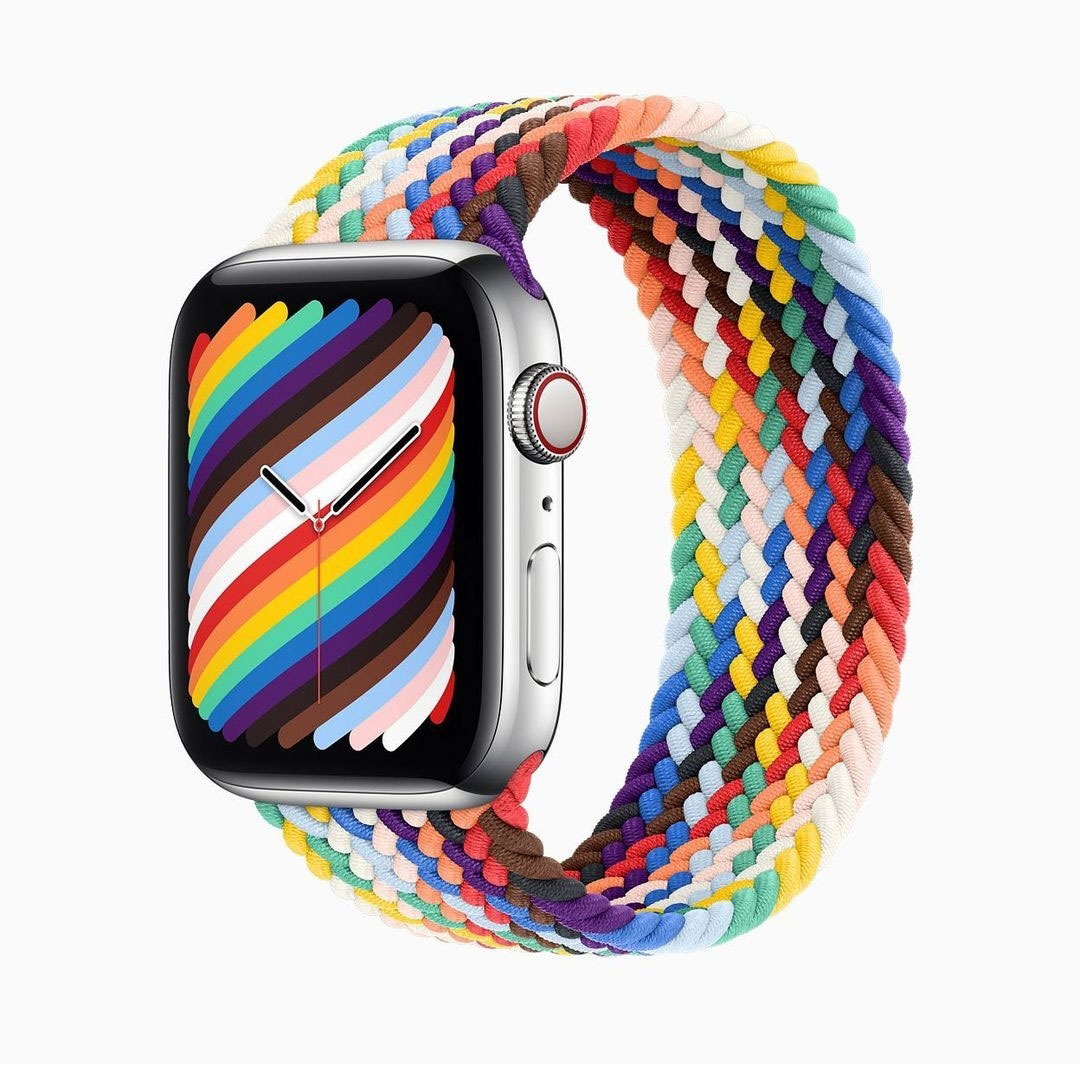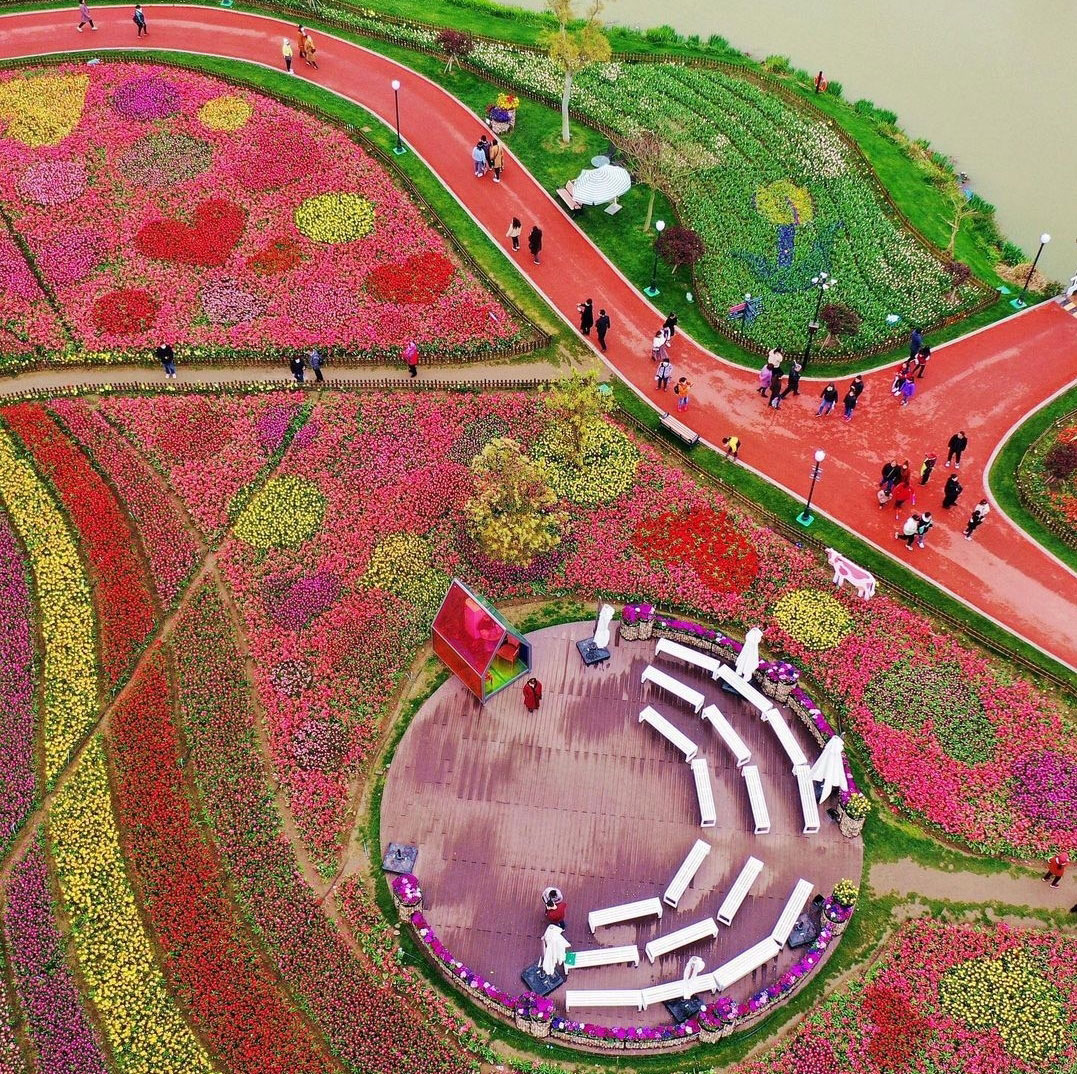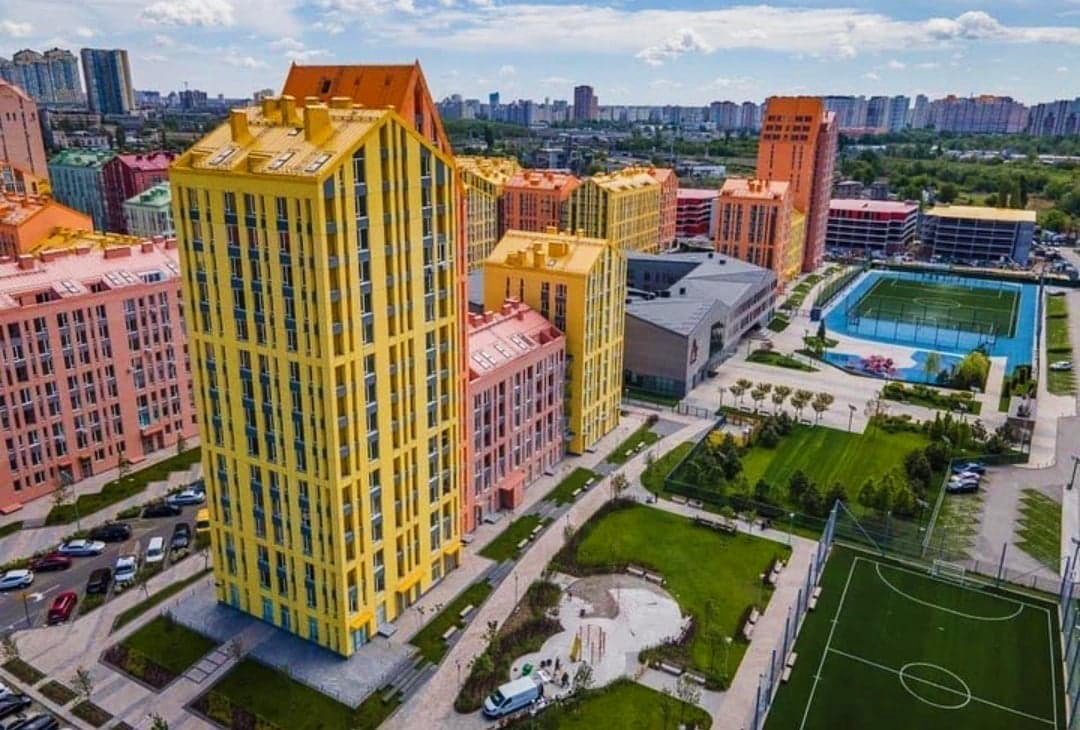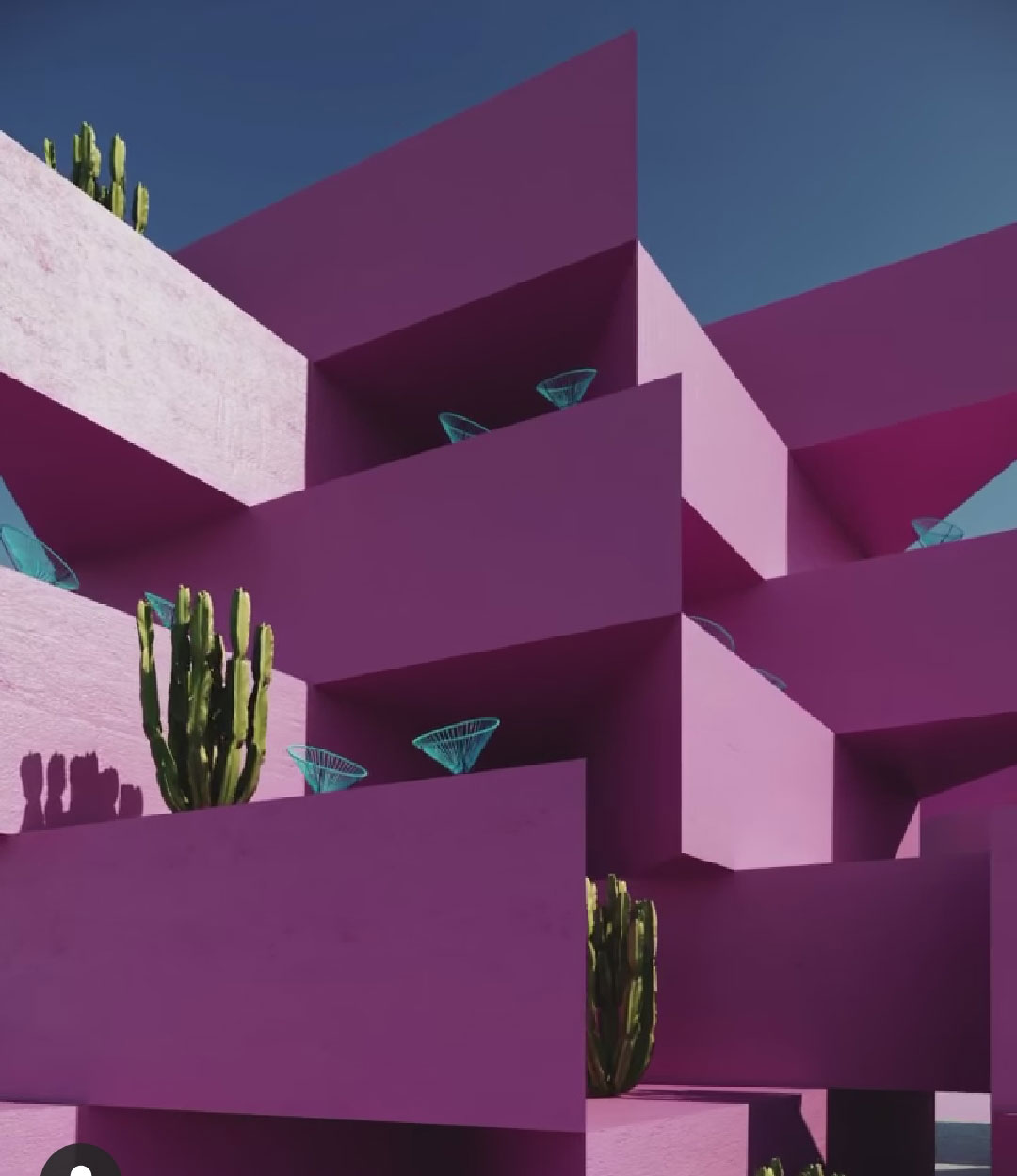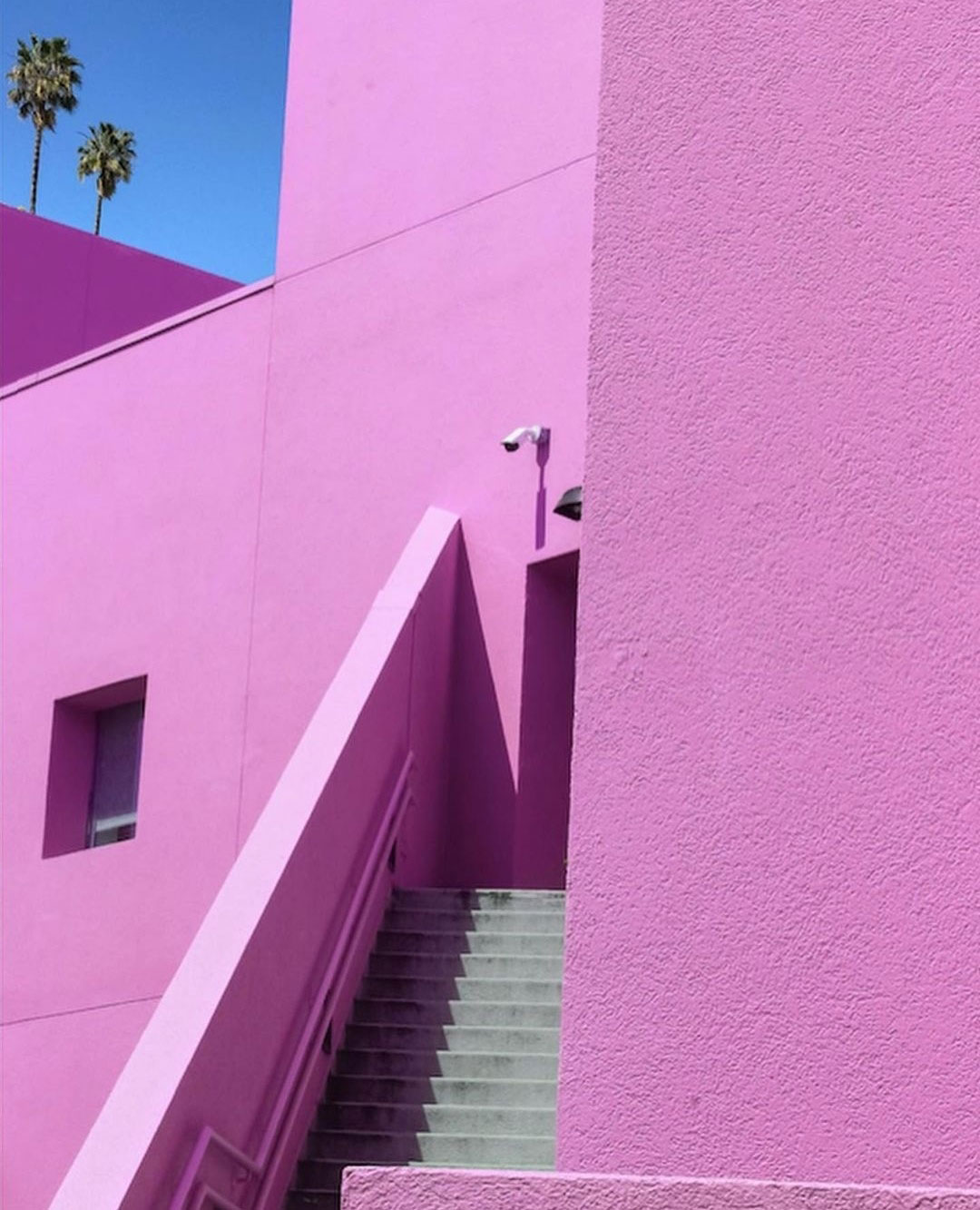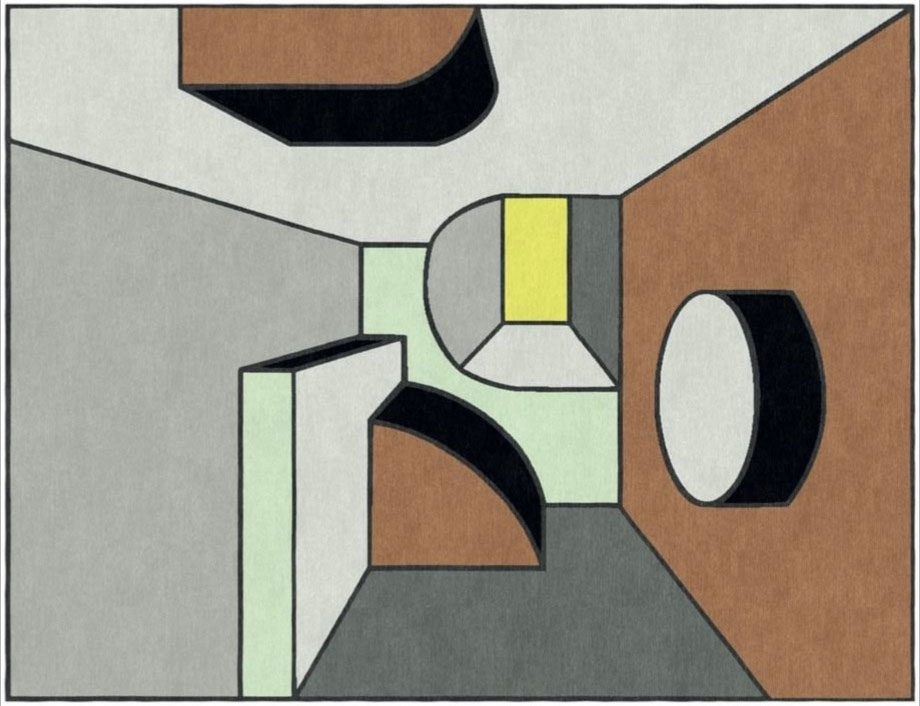PRIDE DA POLSO
WATCH | APPLE + NIKE
Con l’approssimarsi delle varie Pride Week di tutto il mondo, ecco Apple e Nike in joint venture per il lancio dei nuovi cinturini dell’Apple Watch 2021 Pride Edition. Insomma, due colossi dell’industria partecipano (a loro modo e a scala planetaria) alle battaglie che da decenni caratterizzano la comunità LGBTQI+.
Disponibile in 12 diverse lunghezze, esso incorpora i colori originali dell’arcobaleno insieme a quelli tratti da varie bandiere del Pride. Il cinturino viene abbinato all’accesso a un quadrante dinamico, che rispecchia quella stessa palette e visualizza i suoi fili scorrere in un’animazione infinita quando la corona digitale dell’orologio viene ruotata.
È già disponibile per l’ordine da qualche settimana tramite il sito Web di Apple ma arriva negli Apple Store proprio oggi, 25 maggio.
Pride on wrist – With the approach of the various Pride Weeks around the world, here is Apple and Nike in a joint venture to launch the new Apple Watch 2021 Pride Edition loops. In short, two industry giants participate (in their own way and on a global scale) in the battles that have characterized the LGBTQI + community for decades.
Available in 12 different lengths, it incorporates the original colors of the rainbow along with those drawn from various Pride flags. The strap is combined with access to a dynamic dial, which mirrors that same palette and displays its threads flowing in an infinite animation when the digital crown of the watch is rotated.
It has already been available for order for a few weeks via the Apple website but arrives in the Apple Stores today, May 25th.

